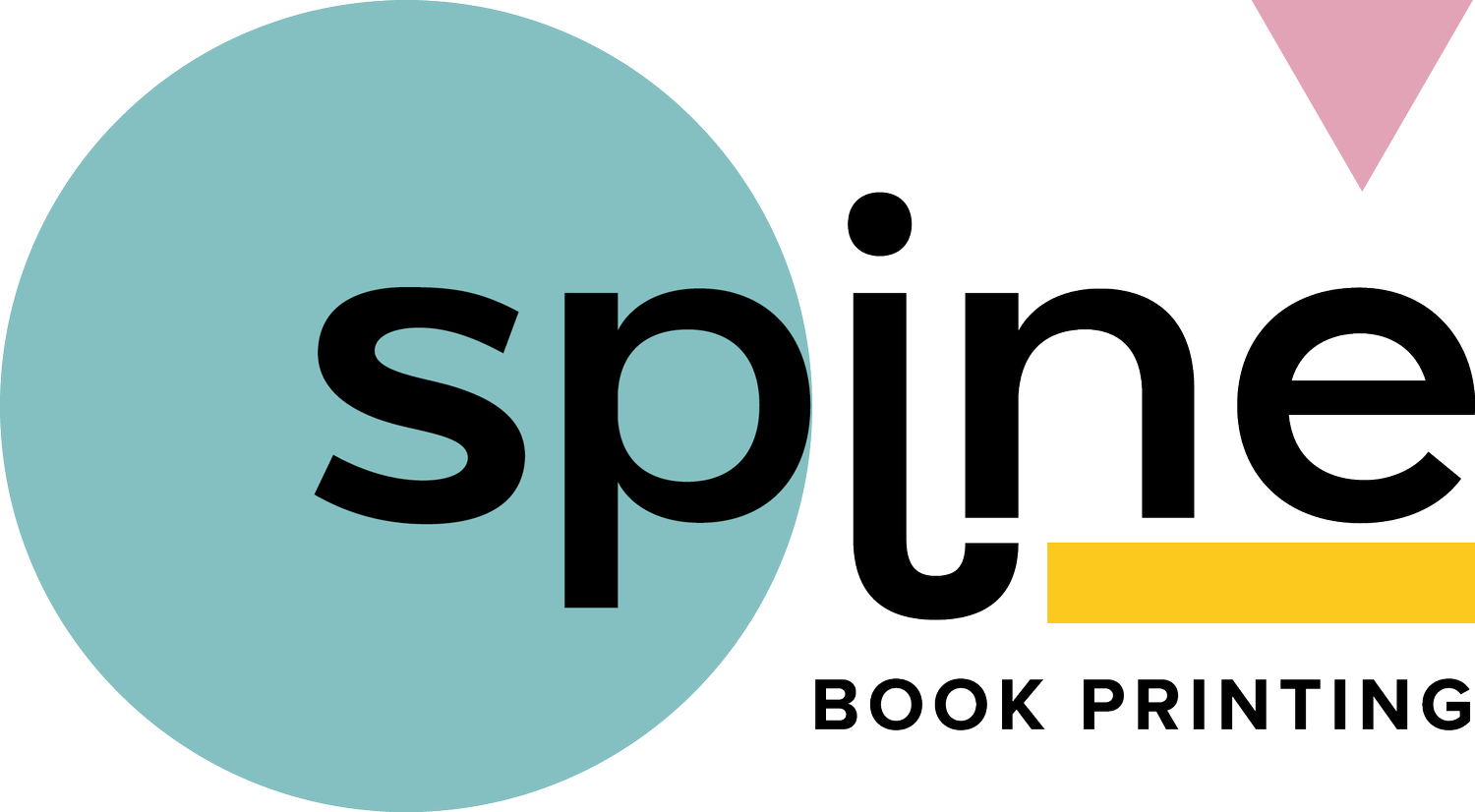What Makes Readers Judge a Book by Its Cover
The saying "Don't judge a book by its cover" is one we often hear, yet many of us are guilty of doing just that. Whether browsing in a bookshop or scrolling through an online store, the cover of a book plays a massive role in grabbing our attention. For authors and publishers, crafting an engaging cover can be as important as the content inside. It's the first thing potential readers see, and it needs to convey the essence of the book instantly.
A well-designed cover can make the difference between a book being picked up or passed over. It's no wonder that a great deal of thought and creativity goes into cover design. Beyond just aesthetics, it involves understanding what attracts readers and makes them curious about the story within.
First Impressions Matter
The cover serves as the initial handshake between the book and its potential audience. This brief encounter can determine whether someone decides to learn more about the book or move on. The impact of a first impression is especially important with so many options available to readers.
- Visual Appeal: A compelling cover catches the eye immediately. Bright colours, clear images, and striking typography can make a book stand out on crowded shelves. Contrast plays a key role here; for example, a bold, dark font against a soft, light background can immediately draw attention.
- Conveying the Book's Theme: The cover must communicate the genre and tone of the book. Whether it's the mystique of a thriller or the whimsy of a romantic comedy, the design elements should align with the book's theme.
- Creator's Signature: A unique style that reflects the author's or publisher's identity can also be a deciding factor. This could be a specific illustration style or a consistent colour palette used across a series of books.
Each of these elements contributes to creating a cover that not only captures attention but also entices potential readers to delve deeper into the book. First impressions are lasting, and in the case of books, the cover is that all-important first glance. Understanding the power behind cover design can transform how your book is received by curious readers.
Elements of an Eye-Catching Cover
Creating a striking book cover involves a mix of art and strategy. There are a few key components every successful cover combines to draw readers in and hold their attention.
- Typography: The font choice can say a lot about a book. Elegant script might suggest romance, while bold block letters might scream adventure or intrigue. It's essential that the typography is readable but still reflects the essence of the book's theme.
- Colour: Colour influences mood and emotion. Lush greens might suggest a jungle setting or growth, while deep blues can evoke mystery or depth. Choosing the right palette can make all the difference in conveying the right message.
- Imagery: Whether it's a detailed illustration or a striking photograph, the imagery on a book cover speaks volumes. It should hint at the story inside without giving too much away. The imagery should resonate with the book's themes while sparking interest.
Balancing these elements can make a significant impact. A harmonious blend ensures the cover feels cohesive and attractive, encouraging potential readers to take the next step.
The Role of Genre-Specific Design
Each book genre comes with certain expectations for its cover design. While some elements are universal, others should be tailored to fit the conventions and expectations of the genre.
- Mystery and Thriller: These often feature dark, tangled images or symbols that suggest suspense or a hidden truth.
- Romance: Typically, these covers feature warm colours, romantic imagery, or soft focuses to create a sense of intimacy or allure.
- Science Fiction: Futuristic fonts, alien landscapes, or technological imagery often mark this genre's covers.
Understanding and utilizing genre-specific designs ensure the reader immediately recognises the book's style. Meeting these expectations helps the book fit within its niche, attracting the right audience looking for that particular reading experience.
Consistency and Branding
For authors with multiple titles, especially those with a series, maintaining consistency in cover design is key. Not only does it make the books easily identifiable to readers, but it also reinforces the author's brand.
- Series Design: Covers in a series often share a common theme, colour scheme, or layout to signal that they belong together. This helps in building a collection feel.
- Brand Influence: For authors, connecting the visual aspect with their brand identity strengthens recognition. Consistent use of certain fonts, colours, or logo styles can make a book instantly identifiable as part of an author's portfolio.
By crafting covers that reflect both the individual book and the overall brand or series, authors help build a connection with readers that goes beyond a single story.
Sealing the Deal
A well-designed cover does more than just attract attention. It serves as the book's ambassador, reflecting the quality and promise found inside. Potential readers often make split-second decisions about whether to buy or pass based on what they see.
In the end, investing in creating a visually appealing and thematically appropriate cover isn't just an aesthetic choice, it's a strategic one. It reflects the care and craftsmanship put into the book itself. By presenting a cohesive package that aligns with the book's message and audience expectations, the cover can transform curiosity into action, encouraging readers to dive into the pages within.
Transforming an initial interest into genuine engagement often begins with how a book presents itself. A well-thought-out cover reflects the quality of its contents and sparks curiosity. If you're looking to enhance your book design interior, considering a cover design upgrade can make all the difference. Spine Book Printing is here to help you create a captivating cover that leaves a lasting impression.

